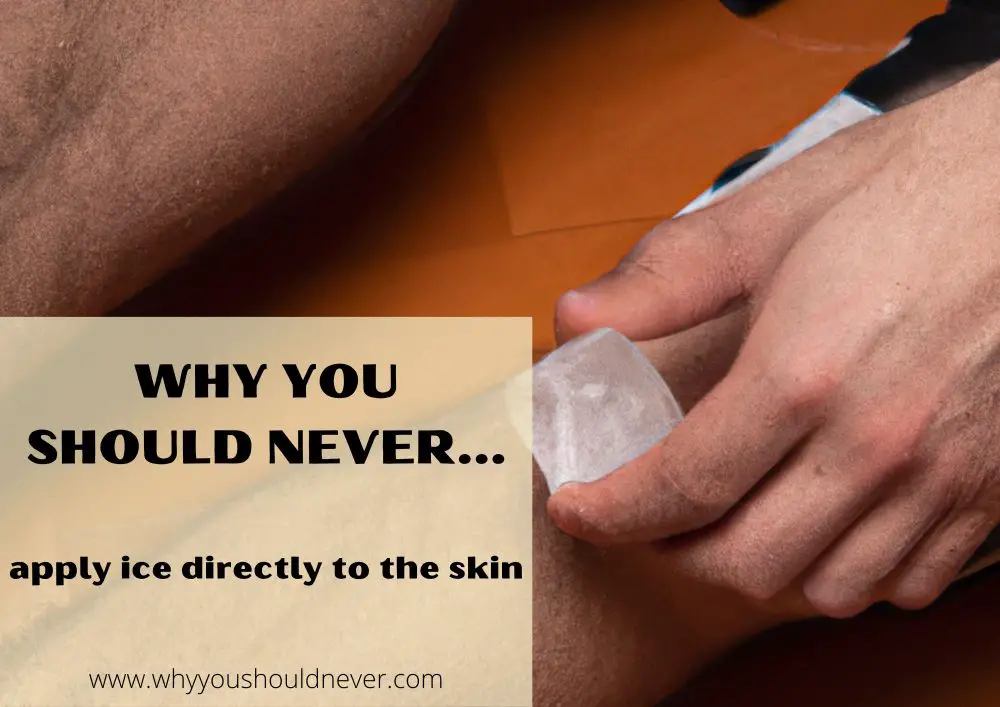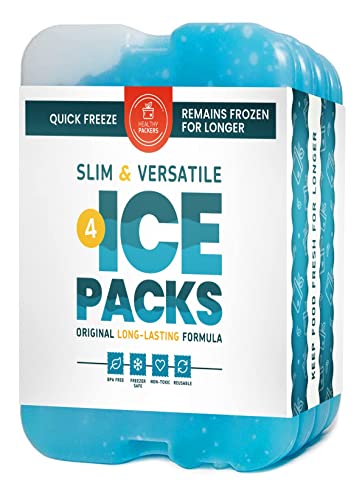![]()
Why You Should Never Apply Ice Directly To The Skin
When it comes to injuries, applying ice to the affected area is one of the most common remedies suggested by healthcare professionals.
Icing is considered to be a simple and effective way to reduce inflammation, swelling, and pain caused by injuries. It works by constricting blood vessels, which reduces blood flow to the affected area and helps to minimize swelling. Additionally, icing can help to numb the affected area, which can provide temporary pain relief.
However, is applying ice directly to the skin really as safe and effective as we think? In reality, applying ice directly can have adverse effects on the skin and underlying tissues, which can lead to further complications. In this article, we’ll be discussing why icing directly might not be the best solution.
6 reasons why you shouldn’t apply ice directly to your skin
1. Frostbite
First off, applying ice directly to your skin can cause frostbite. Frostbite is a condition where the skin and underlying tissues freeze, and it can cause long-term damage to the affected area. Trust me, you don’t want to mess around with this one.
2. Skin damage
Applying ice directly to your skin can also damage the skin’s surface and lead to irritation, redness, and even blisters. Ouch!
Ice is like nature’s glue – that sucker will stick to your skin, and good luck trying to remove it without yanking a piece of your skin off with it!
3. Delayed healing
While icing can be helpful for reducing inflammation and swelling, doing it wrong can actually delay the healing process. Applying ice directly can cause the blood vessels in the area to constrict, preventing essential nutrients and oxygen from reaching the injured area.
4. Worsened conditions
Applying ice directly can worsen certain conditions, such as Raynaud’s disease. This condition causes blood vessels in the fingers and toes to narrow, and exposure to cold temperatures can trigger symptoms like numbness and tingling.
5. Unnecessary
This archaic method of icing is, quite frankly, unnecessary. There are safer and more effective ways to apply ice to the affected area, like wrapping the ice pack in a towel or using a specialized ice pack that’s designed to be applied directly to the skin without causing harm.
Heat packs can also be pretty effective, depending on the type of injury.
6. It’s just uncomfortable!
I mean, who wants to sit there with a piece of ice on their flesh? It’s cold, it’s wet, and it’s generally unpleasant. So do yourself a favor and find a better way to apply ice to your injuries. Your skin (and your comfort level) will thank you.
Wrapping up
And that’s it, folks! The downsides of applying ice directly to your skin are no joke. While you’re likely not going to do any long-lasting damage, especially if you’re only icing occasionally, it’s still much easier on your skin and body if you use ice packs instead. You can get reusable packs cheaply from most drug stores or pharmacies.




